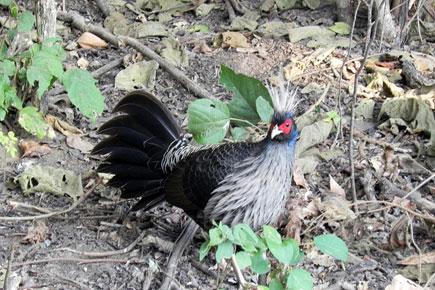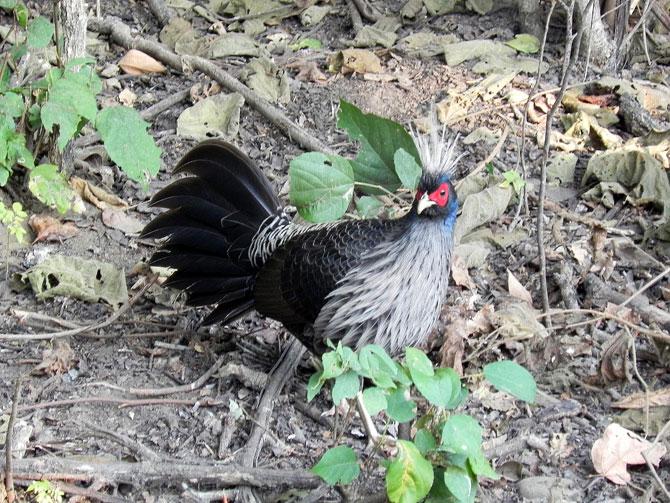BNHS has launched Climate Change Programme under which the first study funded by Oracle and facilitated by CAF-India aims to assess the status, distribution and conservation of pheasants and finches in Central Himalayas

 Khalij Pheasant. Pic/Rohan Bhagat
Khalij Pheasant. Pic/Rohan Bhagat
ADVERTISEMENT
The scenic Himalayas hold a rich natural heritage with diverse flora and fauna enhancing the beauty of this region. BNHS has launched Climate Change Programme under which the first study funded by Oracle and facilitated by CAF-India aims to assess the status, distribution and conservation of pheasants and finches in Central Himalayas. This study focuses on their conservation in the context of climate change with the help of community participation.
The Indian subcontinent is home to nearly 50 species of Pheasants and 62 species of Finches, with several species listed in Globally Threatened category by IUCN. Both these groups are distributed across the Himalayas. Shrinking habitats combined with several biotic factors, along with trapping and poaching pressures in many areas has pushed several of them to near extinction. Climate change can highly influence vertical and horizontal distribution of these groups making boundaries of protected areas fuzzy. The species that can adapt will survive but habitat specialist and species sensitive to temperature will suffer. The major aim of this project is to assess the status of Phasinidaes and Fringillidaes, particularly globally threatened species found in Himalayan region and evaluate their distribution. This long term monitoring project also aims to assess the socio-economic activities of local communities and involve them in conservation efforts and sensitize the local forest department staff.
"This project is part of a long term programme of BNHS which intends to understand impact of climate change on biodiversity of the Himalayan region. In order to conserve biodiversity the local communities play a crucial role hence their involvement is important for the success of this project,” noted Dr Girish Jathar, Senior Scientist – Ornithology, BNHS.
The project will contribute in making an inventory of pheasants and finches, documentation of locale specific conservation issues, and designing locale as well as species specific conservation action plan with community participation. The conservation action plan of these sites is a first step towards the protection of the ecosystem which benefits both biodiversity as well as the people embedded in the system.
 Subscribe today by clicking the link and stay updated with the latest news!" Click here!
Subscribe today by clicking the link and stay updated with the latest news!" Click here!






